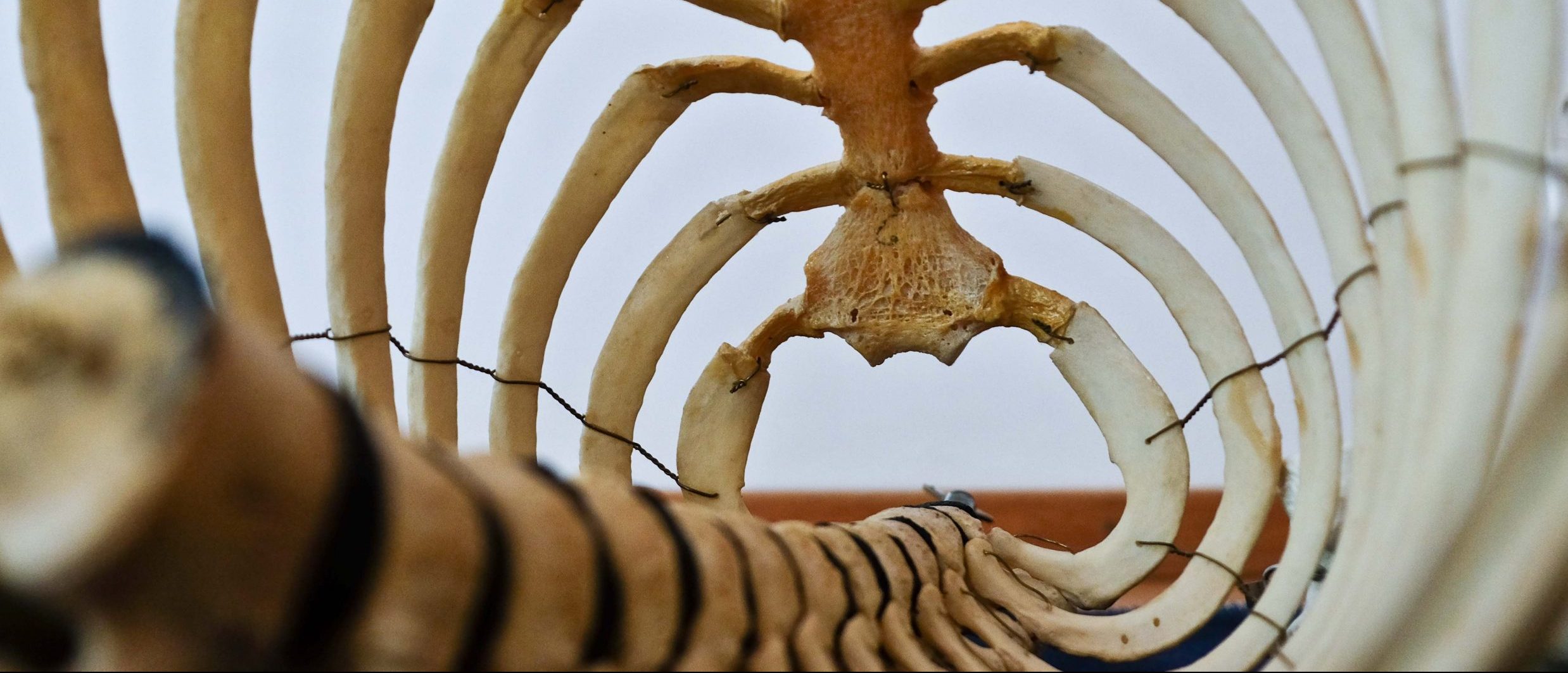
04 Jun Back to basics: 6 things you probably didn’t know about your spine
Our spine is our framework that provides an array of movements, postures and functions.
The highly sophisticated structure is also incredibly receptive, adjusting to different tasks and environments, learning how to work efficiently and effectively.
The question is: how do we keep it working optimally without pain? According to the Office of National Statistics, around 141.4 million working days are lost each year to sickness or injury.
Musculoskeletal problems, like back pain, neck pain and upper limb issues, were often cited as the reason. But that’s the gift and the curse of your spine. It’s versatile. And, with such a versatile structure, it makes sense that stretching and moving your spine or back is anything less than straightforward.
Here’s some more things you probably didn’t know about your spine:
1. Your back is super flexible
There’s different parts of our back and these are often distinguishable by the natural curves of the lower and middle back and the neck. Now this curvature is of huge significance, firstly providing a bit of spring that gives us shock-absorption for all our day to day movements, which allows us to support our weight. And secondly giving us flexibility.
2. In fact, it’s super bendy
The movement of one’s back is often where the complexities start. Our backs can in simple terms; bend forwards, side wards, extend (or straighten) and rotate. But different parts of the back have their own preferred movements. Your lower back loves to bend and extend, your middle back really enjoys rotating and your neck is game for it all. Now I must highlight, these are preferred movements. The different parts of your back can perform all these tasks, just some are more enticing than others.
3. Back pain is very common because…
That Lower back pain that everyone has fallen victim to, could potentially be a consequence of your middle back not pulling (rotating, quite literally) its weight. If one part of your back isn’t executing its preferred movements then another part of your back has to take the slack. Touching on our backs intuition to find movement from another region, even if it’s not ideally suited. However the issue of pain and injury often always pursue.
4. You back could be the route of many problems
When your shoulders are hurting, have a look at your back because the shoulder could be a symptom of your back, and your back could be the cause (or visa versa). The relationship between our middle back, shoulder blades and shoulder need to be collaborative in order to facilitate efficient movement of the arm. If this isn’t the case the shoulder will not hesitate in letting you know.
5. Drinking water is a godsend for your back
The ingredient behind a wonderfully functional back – other than movement – is water. Imagine at the beginning of the day each one of our discs in our backs is like a sponge full of water, providing structure and length in the spine ready to take on the day ahead. But as day turns to night, the natural pressures we place upon our body; walking, sitting, just generally fighting gravity and staying reasonably upright, causes changes in our back. Our sponges (discs) begin to get compressed and start to lose that water. This in turn stiffens the back and our spine becomes shortened. Don’t believe me, get the tape measure out…measure yourself first thing in the morning and last thing at night…Yes you have shrunk but if you’ve managed to replenish adequately throughout the day, your body will restore your height whilst you sleep.
6. Movement and Stretch will do it the world of good
There’s lots and lots of opinion regarding stretching and the perfect movement: static or dynamic stretches? (Which basically means; stand still or do a funky movement). And, how long do I do them for?, And when should I do them? The answers to these questions will naturally align to your objective. If your back hurts in the morning and some light standing stretches for 10 minutes relives it, then that’s a pretty good start. You then might want to add another 10 minute stretch in the evening to see if that wake up back pain eases again. What we’re trying to say is: don’t get bombarded with opinion, everything you do gives your body a chance to provide feedback, the more we do (whether that’s gentle or vigorous) the more intuitive our our bodies become.
Want to show your spine some TLC? Get in touch to find out more or book into one of our stretch therapy sessions today.

Sorry, the comment form is closed at this time.